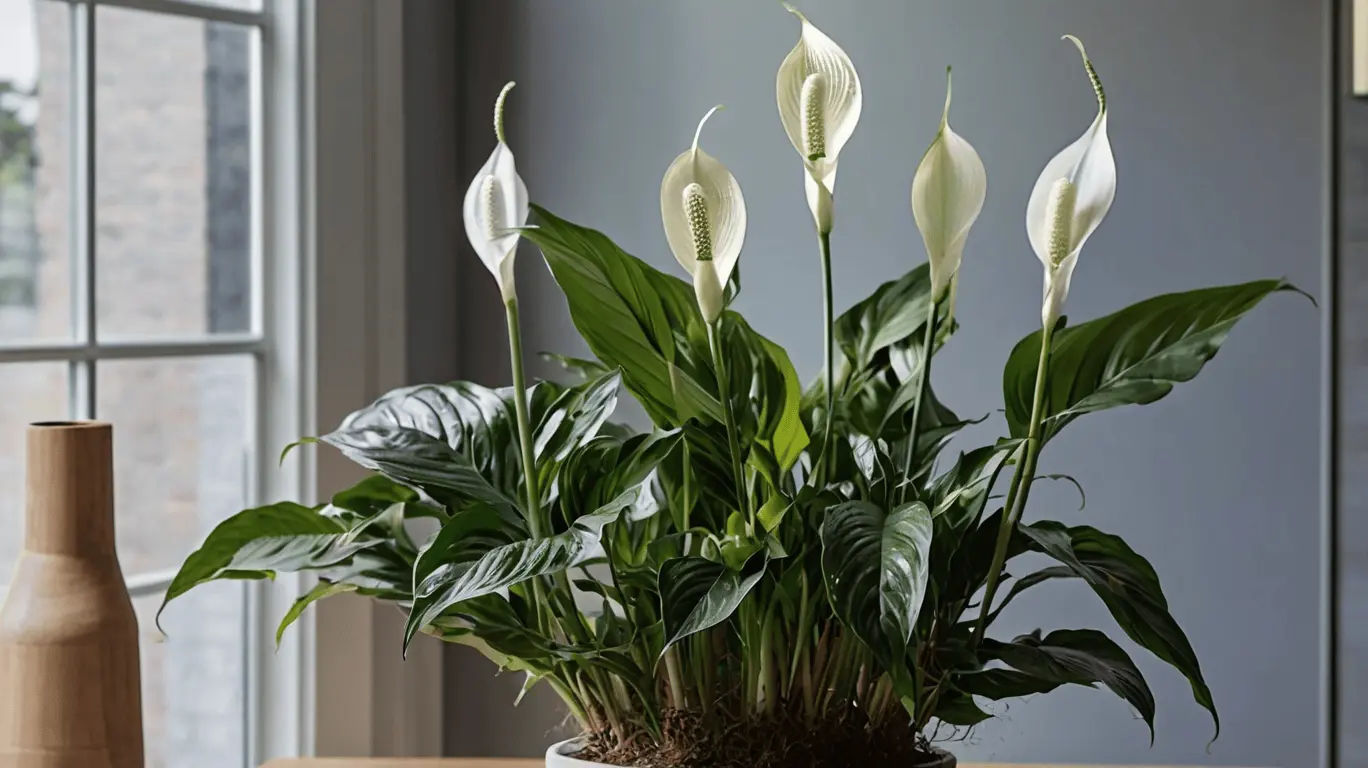Houseplants add a refreshing touch of nature to any indoor space, but not all homes or offices are blessed with abundant natural light. Many people struggle to find plants that thrive in low-light conditions. Fortunately, several resilient species can not only survive but also thrive in dim corners of your home or workspace. In this comprehensive guide, we explore the best houseplants for low-light environments. Whether you’re an experienced gardener or a beginner, these plants are sure to bring life to any shaded space.
What Constitutes Low Light for Houseplants?
Low-light conditions generally refer to spaces that receive indirect sunlight for most of the day or areas that are several feet away from a window. Rooms with north-facing windows, bathrooms, or offices without windows are prime examples. While some plants need bright, direct light to thrive, there are many species that have adapted to grow in the understory of forests, where light is scarce. These plants make perfect candidates for low-light indoor spaces.
Top Houseplants for Low-Light Environments
1. Snake Plant (Sansevieria trifasciata)
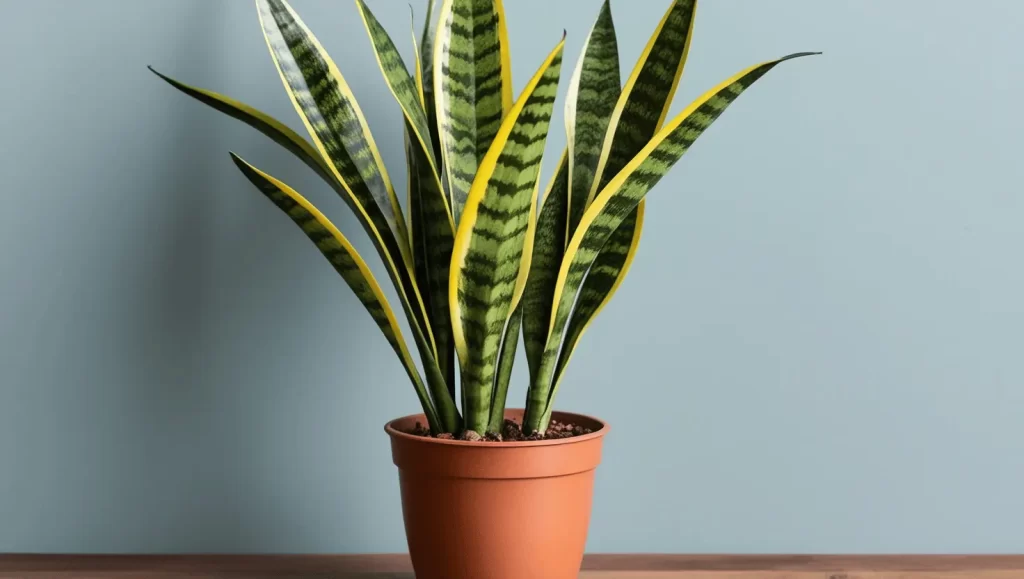
One of the most low-maintenance houseplants for low-light spaces, the snake plant, also known as mother-in-law’s tongue, is incredibly resilient. Its tall, upright leaves with green and yellow variegation can survive for weeks without direct sunlight and minimal watering. Snake plants also help purify the air by absorbing toxins such as formaldehyde and benzene.
Care Tips:
- Light: Indirect or low light
- Water: Allow soil to dry completely between waterings
- Temperature: Thrives in standard room temperatures
2. ZZ Plant (Zamioculcas zamiifolia)

The ZZ plant is another tough, drought-resistant species that thrives in low-light conditions. With its shiny, waxy leaves and upright stems, the ZZ plant adds an elegant touch to your indoor space. It can go for weeks without water, making it ideal for those who travel or forget to water their plants.
Care Tips:
- Light: Low to moderate indirect light
- Water: Water every 2-3 weeks, allow soil to dry out between watering
- Temperature: Prefers warm conditions, avoid cold drafts
3. Pothos (Epipremnum aureum)
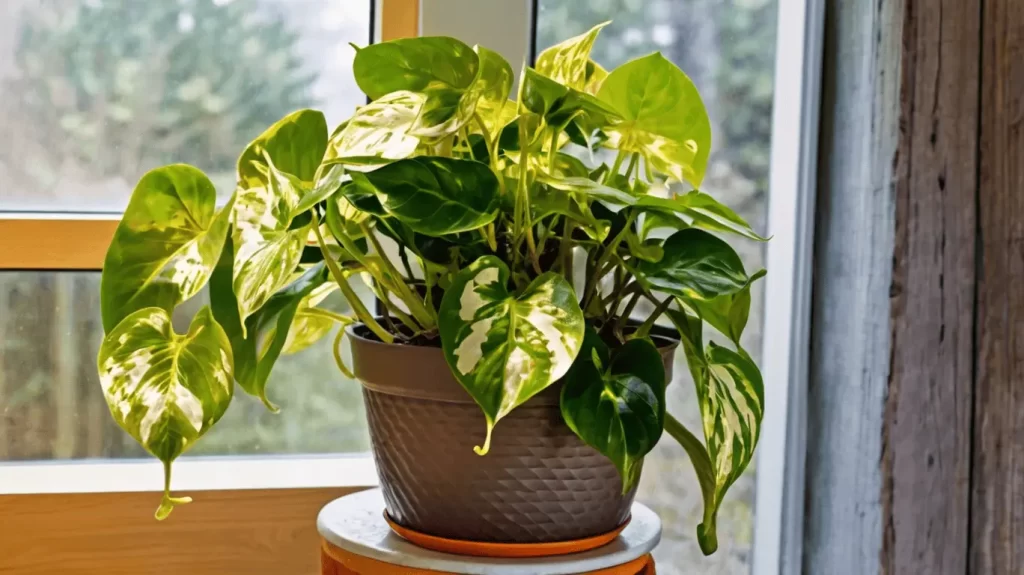
Pothos, often called devil’s ivy, is well-known for thriving in a wide range of light conditions. Its heart-shaped leaves, which can be variegated with green, yellow, or white, trail beautifully from hanging baskets or shelves. Pothos plants are very forgiving and can adapt to low-light settings, though they grow more vigorously in brighter spots.
Care Tips:
- Light: Low to bright, indirect light
- Water: Allow the top inch of soil to dry out before watering again.
- Temperature: Normal household temperatures
4. Peace Lily (Spathiphyllum)
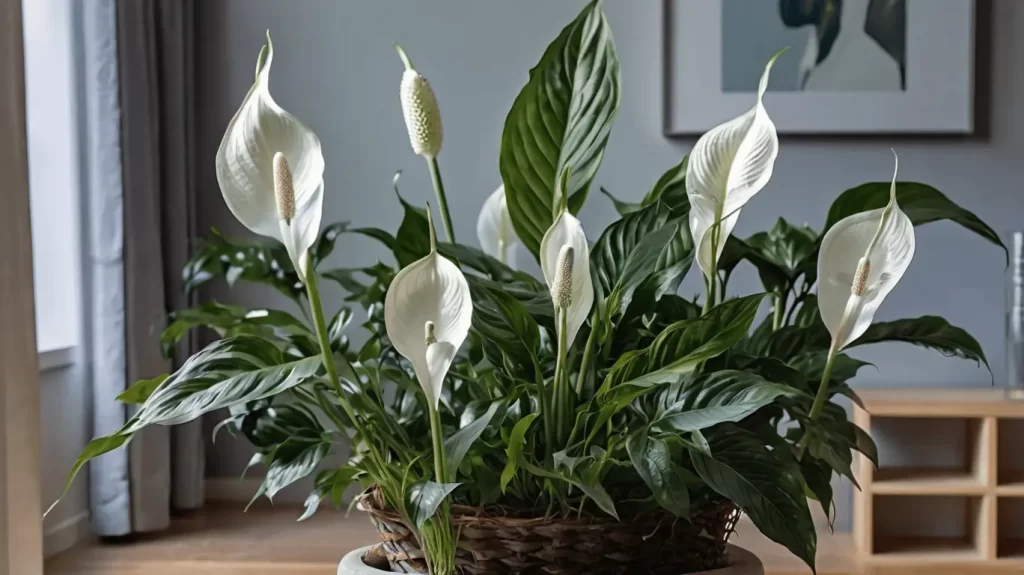
If you’re looking for a plant that not only thrives in low light but also blooms with beautiful white flowers, the peace lily is your best bet. While they prefer medium light, peace lilies can adapt to lower light levels, though they may produce fewer flowers. Their broad, dark green leaves also help purify the air, making them a great addition to bedrooms or offices.
Care Tips:
- Light: Low to medium indirect light
- Water: Maintain consistently moist soil, but avoid overwatering.
- Temperature: Prefers humidity and warm temperatures
5. Cast Iron Plant (Aspidistra elatior)
As its name suggests, the cast iron plant is nearly indestructible. It’s the perfect choice for low-light areas that might be neglected from time to time. With long, dark green leaves, this plant can handle a range of conditions, including low light, dry air, and irregular watering schedules.
Care Tips:
- Light: Low to moderate light
- Water: Allow soil to dry between waterings
- Temperature: Tolerates a range of temperatures, best in cooler areas
6. Spider Plant (Chlorophytum comosum)
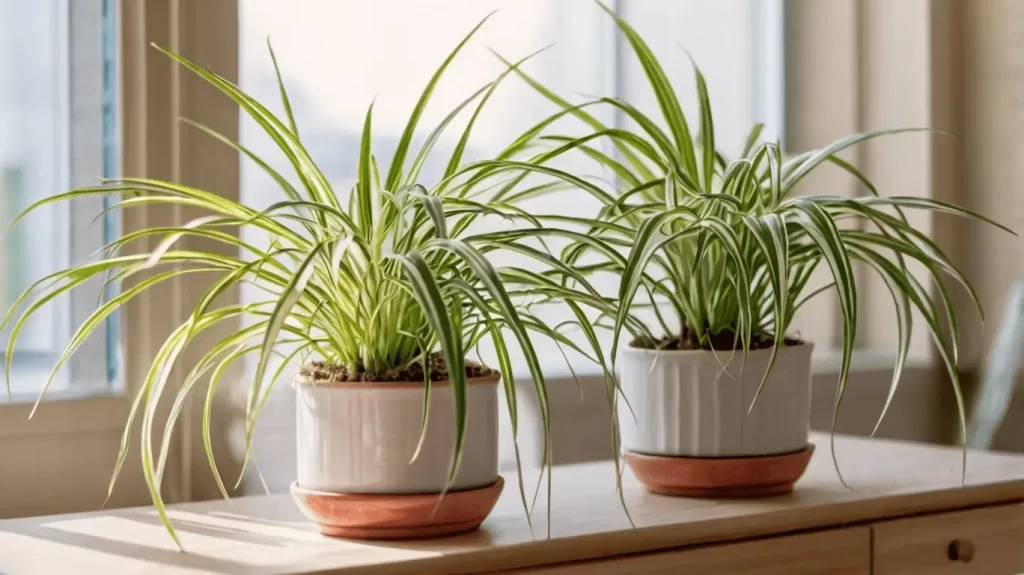
Spider plants are popular for their striking appearance and ability to thrive in low light. With arching leaves that can be solid green or striped, spider plants produce small “pups” that can be propagated easily. These adaptable plants also filter out pollutants, making them great for indoor air quality.
Care Tips:
- Light: Low to bright indirect light
- Water: Keep the soil slightly moist, and avoid soggy conditions
- Temperature: Normal indoor temperatures
7. Chinese Evergreen (Aglaonema)
With its attractive, variegated leaves, the Chinese evergreen is a great option for low-light spaces. These plants are extremely adaptable and can tolerate low humidity and dimly lit areas, making them perfect for offices, bathrooms, or bedrooms. They come in a variety of colors, from dark green to silver and red, adding a splash of color to any room.
Care Tips:
- Light: Low to moderate indirect light
- Water: Wait until the top few inches of soil are dry before watering.
- Temperature: Prefers warmth and high humidity
8. Maidenhair Fern (Adiantum spp)
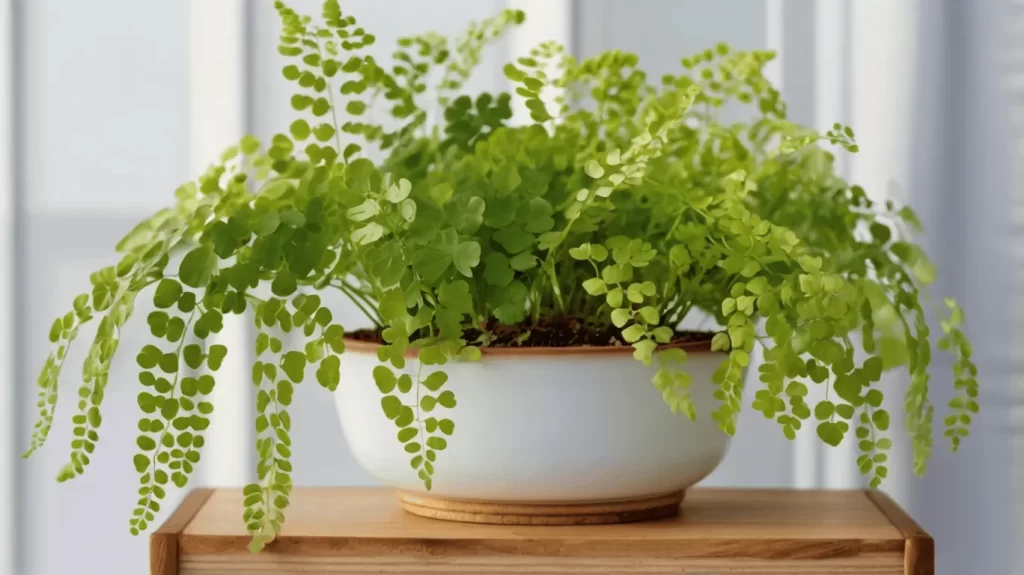
If you want a more delicate, textured look for your low-light space, consider the maidenhair fern. With its soft, feathery fronds, this fern adds a graceful touch to any room. However, it does require consistent moisture and higher humidity levels, so it might not be the best choice for those who prefer low-maintenance plants.
Care Tips:
- Light: Low to medium indirect light
- Water: Keep the soil consistently moist
- Temperature: Thrives in cool, humid environments
How to Care for Houseplants in Low-Light Conditions
While low-light plants are resilient, there are a few important factors to consider to keep them healthy.
- Watering: Low-light plants generally require less water than plants in brighter conditions because they use water more slowly. Always allow the top inch or two of soil to dry out before watering again. Overwatering is a common mistake that leads to root rot, particularly in low-light areas where water evaporation is slower.
- Humidity: Some plants, particularly ferns and tropical species, prefer higher humidity. If your home has dry air, especially in winter, consider misting your plants or placing a humidifier nearby to keep them happy.
- Fertilizing: Plants in low-light environments tend to grow more slowly and may require less frequent fertilization. Use a balanced liquid fertilizer diluted to half strength every 2-3 months during the growing season to provide the necessary nutrients without overwhelming the plant.
- Rotating Plants: Even though these plants tolerate low light, it’s a good idea to rotate them every couple of months to ensure even growth and exposure to the available light.
Choosing the Right Plant for Your Space
When selecting a houseplant for a low-light area, consider the plant’s size, growth habits, and specific care needs. For small spaces like desks or shelves, a compact plant such as a ZZ plant or spider plant may be ideal. For larger areas or corners, taller plants like the snake plant or cast iron plant can fill the space beautifully. Whether you want to purify the air, add color, or simply enjoy the presence of nature indoors, there’s a perfect plant for your low-light space.

